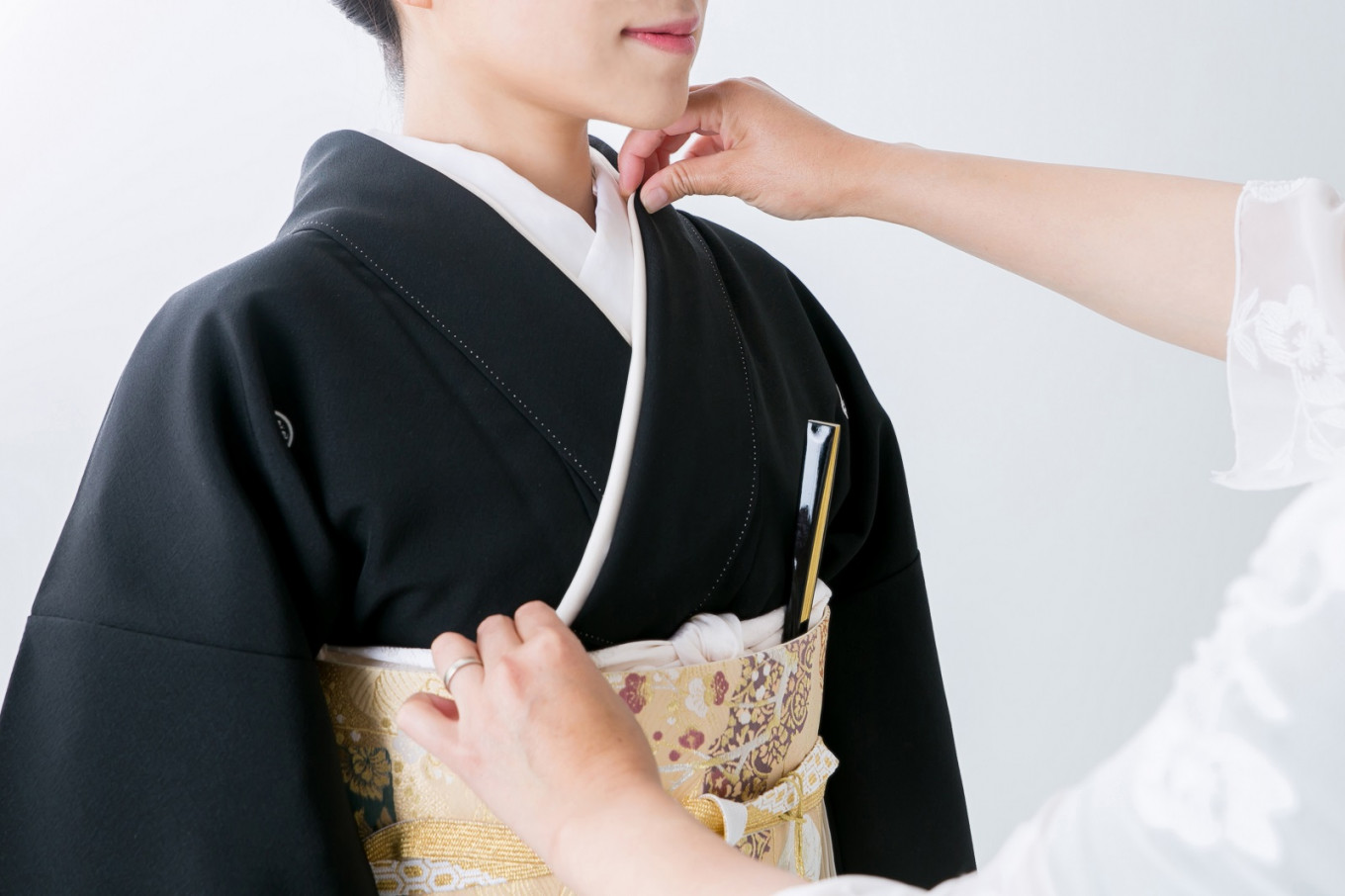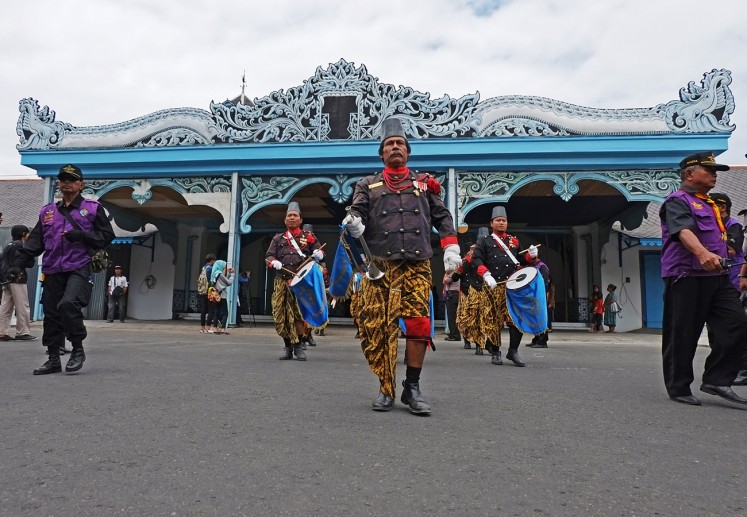Thinking dirty: Japan’s top kimono is made with mud
The kimono has become a symbol of quality and elegance, woven with tradition that still stands in today’s modern world.
Change text size
Gift Premium Articles
to Anyone
 A woman is dressed in a kimono (Shutterstock/buritora)
A woman is dressed in a kimono (Shutterstock/buritora)
T
he kimono has become a symbol of quality and elegance, woven with tradition that still stands in today’s modern world. It might be surprising, then, that Japan’s high-end kimono, created on the small tropical island of Amami Oshima, is made with mud.
“Wearing Oshima Tsumugi, the best kimono in Japan, is a pride,” Motoji Komei, owner of kimono shop Ginza Motoji in Ginza, Tokyo, told Great Big Story in a YouTube video titled The Kimono World’s Dirty Little Secret.
Oshima Tsumugi is a brand of kimonos exclusively produced on Amami Oshima. Its kimonos are known for their deceptive nature. They look simple from afar, with dark, earthy tones and patterns like lines and dots. Upon closer inspection, however, intricate details emerge within the patterns, revealing that they are not so simple after all.
Read also: Studying kimono with the masters
According to the short video, Japan invaded the small island during the Edo period in the 1700s, demanding that the people of the island give up their silk kimonos as spoils of conquest.
As the legend goes, the people, seeking to protect their prized kimonos, took to hiding them in the mud. Upon retrieval, the kimonos were dyed in a beautiful tone of black.
“[Records suggest] that the dyeing of Oshima Tsumugi kimonos [dates back] at least 1,300 years,” said Kanai Yukihito, who dyes Oshima Tsumugi kimonos and other products with mud.
Yukihito explained that, at the beginning of the process, he and other dyers and producers gathered tree trunks from the Amami mountains, which are then boiled to extract a concentrated dye in a shade of red. Following this, when the red dye meets the mud, it has a chemical reaction with the iron in the soil, which turns the red into a rich black.
The dyeing process is repeated 20 to 30 times before the cloth that has been dyed using the tree trunks and mud is kept in a sunny field to dry. The deep black comes from the many layers of cloth and material, dyed in repetition, then woven on top of each other.
“[Oshima Tsumugi kimonos] are of such high quality, they can last for up to three generations.” Yukihito said.
To Komei, wearing a kimono means more than just the preservation of traditions. Even today, he says, the act of wearing a kimono is an effective means of self-expression.
“Cloth dyed in mud that is then washed and sewn turns into a beautiful display,” Komei explained. “At a glance, it looks plain, but when you take a closer look, [you see that] details are woven in. It’s the aesthetic of Japan.” (acr/mut)









